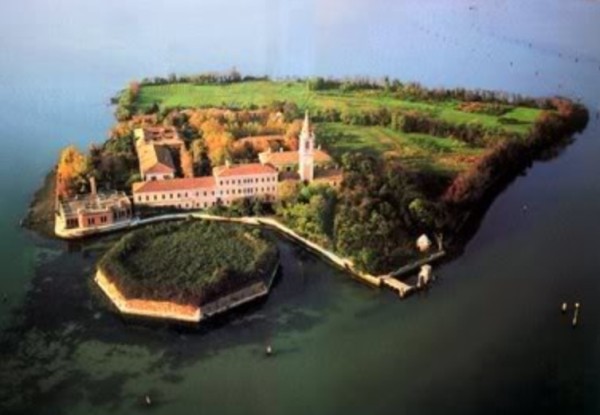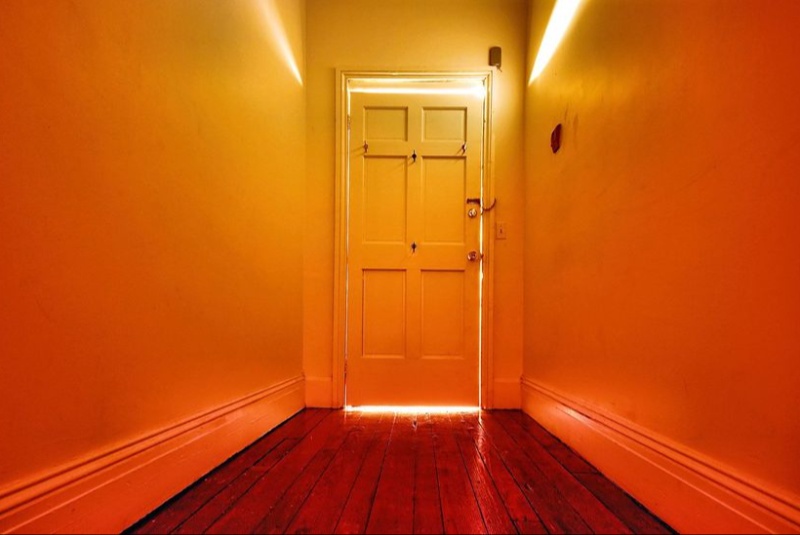Poveglia Island, a name that conjures images of desolation and despair, holds a chilling place in the annals of Italian history and the annals of the supernatural. Nestled in the Venetian Lagoon of Northern Italy, this small landmass serves as a somber reminder of humanity's past struggles with disease, madness, and the macabre. It is a testament to Italy’s complex relationship with its history of plague and mental health. This island’s layers of tragedy have sealed its reputation as one of the most haunted places on Earth, so much so that the Italian government has made it illegal for the public to set foot on its forsaken grounds.

The story of Poveglia is not just a tale of ghosts and ghouls; it is a reflection of human suffering and the fear that can emanate from a place marked by such profound sadness. Its silence and dilapidation speak volumes, beckoning historians, paranormal investigators, and the morbidly curious to peer into its shadowy past.
To fully grasp the eerie aura that clings to Poveglia, one must delve into its long and dark history, which is as layered as the sedimentary foundations upon which Venice itself is built.
Early History of Poveglia
The earliest records of Poveglia date back to 421 AD when people fleeing barbarian invasions found refuge on the island. For centuries, it was just another piece of habitable land, much like the numerous other islands dotting the Venetian lagoon. Its fate took a sharp turn in 1379, amidst the War of Chioggia between the mighty Republic of Venice and the Genoese. It was during this period of conflict and insecurity that Poveglia’s inhabitants, fearing for their lives, fled, leaving the island desolate.
The island remained uninhabited for the following centuries, overlooked and silently absorbing the salty breezes of the lagoon until it resurfaced in historical documents in the late 18th century.
Poveglia as a Plague Quarantine Station
The year 1776 marked a pivotal moment in Poveglia's history. The bubonic plague, also known as the Black Death, had recurrently ravaged Europe since the 14th century. It was during this time that the island was designated as a lazaretto, a quarantine station for those afflicted by this dreaded disease. Ships arriving in Venice were obliged to dock at Poveglia where suspected cases of the plague were isolated. This decision transformed Poveglia into a holding cell for death, where countless souls were brought to await their fate.
The function of the island evolved over time, and by the 19th century, it had become a permanent confinement zone for the sick. As the plague claimed more lives, mass graves became a common feature of the island, with historical estimates of the death toll reaching up to 100,000. The air itself seemed to carry the weight of despair, as the ground beneath was littered with the remnants of those who had succumbed to the pestilence. It’s believed that the soil of Poveglia is composed of more than 50% human ash, giving the land a ghastly composition that few places on earth can claim.
From Quarantine to Asylum
The suffering of Poveglia did not end with the plague. In 1922, the island was repurposed yet again, this time as an asylum for the mentally ill. It was in these confines that tales of abuse and horror began to emerge. Stories circulated of a doctor who performed ghastly experiments and lobotomies on the unfortunate patients. The narrative took a darker turn when it was said that the doctor, tormented by the very spirits of those he had tormented, flung himself from the asylum's bell tower. The veracity of these accounts remains shrouded in mystery and skepticism, yet they have become a part of the lore that enshrouds the island.
Poveglia's mental hospital continued to operate until 1968, after which the island was completely abandoned. Buildings decayed, and nature began reclaiming the land, wrapping it in a cloak of eerie tranquility.
Poveglia in Popular Culture
The island’s isolation and its harrowing past have made it a focal point for those interested in the paranormal. Television shows like "Ghost Adventures" and "Scariest Places on Earth" have featured Poveglia, attempting to capture evidence of the supernatural phenomena that are rumored to occur there. The tales of ghostly apparitions and eerie noises have only served to cement Poveglia’s reputation as a hotspot for hauntings.
Yet, the allure of Poveglia goes beyond ghost stories. The island stands as a reminder of the darker chapters of human history—of the fear and isolation that disease can bring, and of the stigmatization of mental illness. It’s a place where the past feels present, where the echoes of those who once inhabited its shores still seem to resonate.
Current Status and Future of Poveglia
Today, Poveglia is officially off-limits to visitors, a forbidden slice of history that the Italian government is keen to keep untouched. Yet, it has not stopped curious souls from venturing onto its shores, some with the hope of experiencing the supernatural, others with the desire to connect with the past. There have been talks and attempts at auctioning the island to private investors, with proposals to develop it into a luxury resort. However, these plans have often met with resistance, both from financial constraints and from public outcry to preserve the island's solemn legacy.
In considering the future of Poveglia, there is a delicate balance to maintain. How does one honor the memory of those who suffered there while also moving forward? How can this place of death be transformed into a space for the living? These are questions that remain unanswered, as the island sits, largely untouched, a silent custodian of history amidst the bustling life of the Venetian Lagoon.
Poveglia Island embodies the haunting intersection of history, humanity, and the unexplained. Its soil, saturated with the ash of the deceased, its buildings, crumbling under the weight of sorrowful memories, and its isolation, a stark reminder of the fear that once drove an entire population away, all contribute to the narrative of this place. Whether one believes in the paranormal or not, the weight of the island’s dark history is undeniable.
It remains to be seen what the future holds for Poveglia. Perhaps it will continue to sit in quiet desolation, a monument to the past, or maybe it will find a new lease on life, its stories retold and its memories preserved in a way that respects the depth of its legacy. Until then, Poveglia remains a chilling chapter in Italy’s long and storied history, its whispers carried by the winds across the Venetian lagoon, reminding us that some places, though abandoned, are never truly forgotten.




